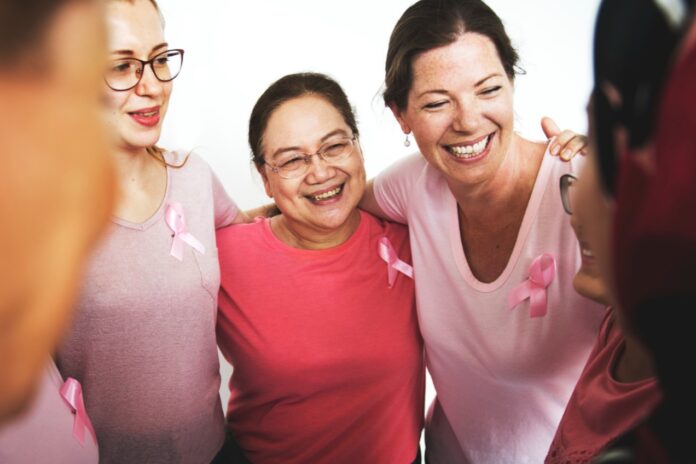Yale School of Medicine researchers discovered significant differences in the use of immediate breast reconstruction after mastectomy in older women, especially in the U.S. and South Korea. They shared their findings at a cancer symposium on December 6, looking at trends from 2001 to 2021. The study compared data from Americans, Asian Americans, and South Koreans, using information from the National Cancer Database in the U.S. and Asan Medical Center in South Korea.
Tristen Park, MD, a co-senior author of the study and member of Yale Cancer Center said, “Post-mastectomy reconstruction could be a safe and viable option for the aging population, and we have to rethink that paradigm. We should also start thinking about the forms of disparities of care that exist for Asian Americans in America. I think this study presents some interesting questions.”
Researchers discovered a nearly tenfold increase in post-mastectomy immediate breast reconstruction (PMIBR) rates over two decades at a major South Korean medical center. The rise was significant in women under 60, jumping from 13% to 77%, while older women saw a more modest increase from 0% to 26%. In the U.S., Asian Americans had the lowest breast reconstruction rate at 29%, compared to other racial groups.
Dr. Soo Young Lee highlighted that despite similar complication rates, Asian Americans had surprisingly lower reconstruction rates than expected.
Researchers found significantly lower rates of immediate breast reconstruction in older patients in both South Korean and American data. Despite some demographic and clinical differences among age groups, complication rates were negligible.
The study emphasizes the need for further research and interventions to address barriers for older women. Interestingly, the higher rates of post-mastectomy immediate breast reconstruction in South Korea parallel those of white women in the U.S. Northeast, indicating a potential disparity for Asian American women.
It calls for a comprehensive understanding of clinical and non-clinical factors influencing these disparities to develop targeted interventions and improve access to breast reconstruction for all affected populations.
